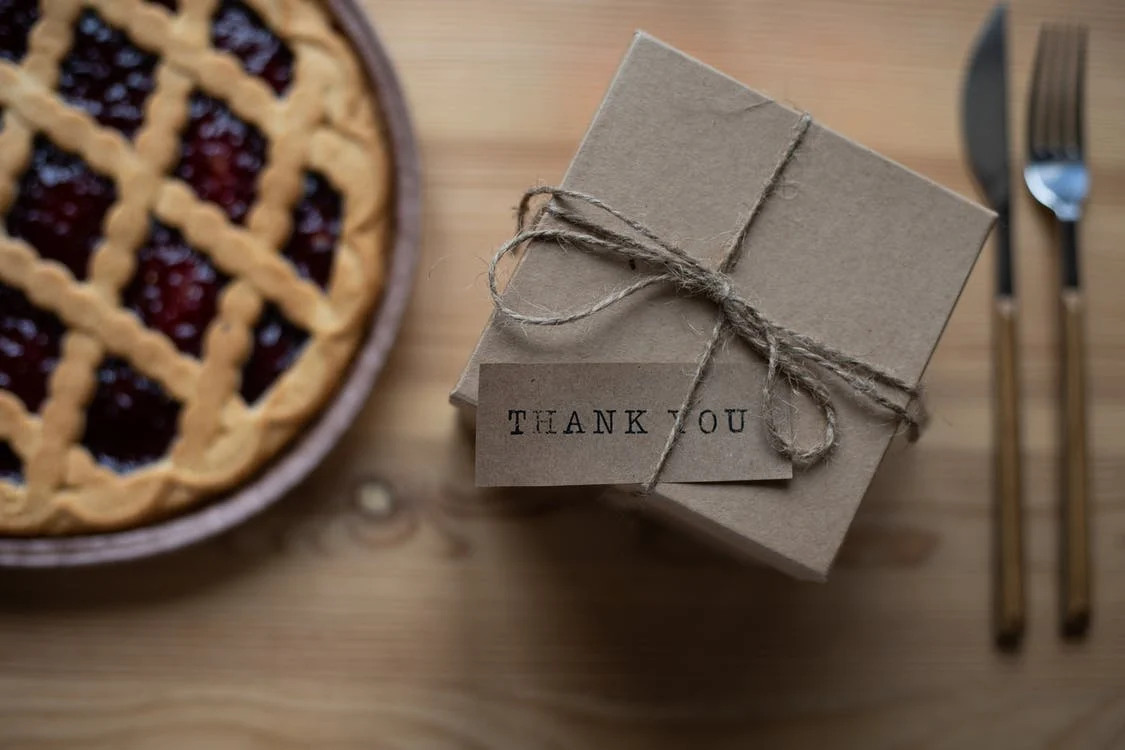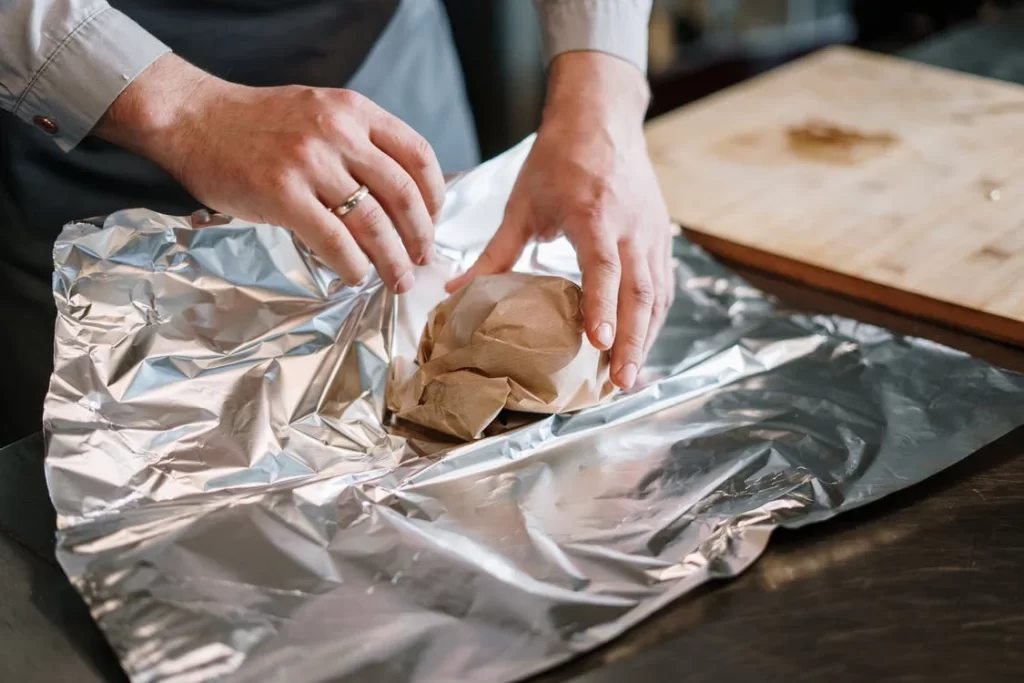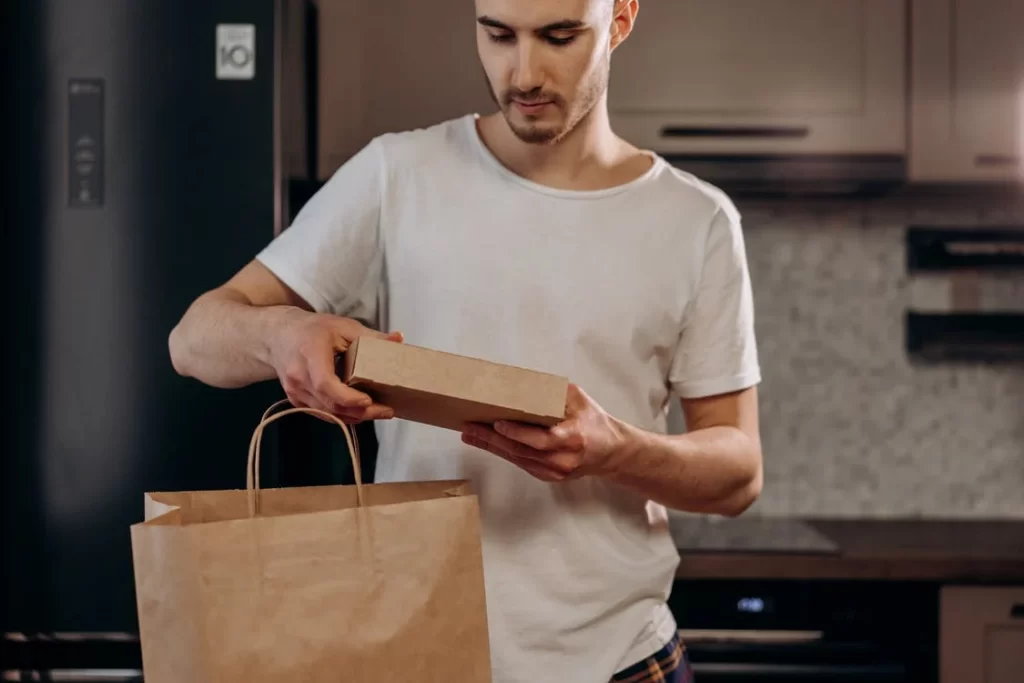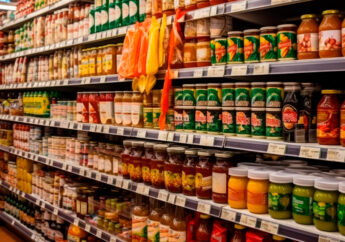Tips On Eco-Friendly Food Packaging
by Abdul Aziz Mondal Business 11 July 2022

It’s time for a fresh start with a new attitude towards green food packaging. Indeed, global warming has been the talk of the last half-century, yet no proper interventions have been done. Recently, food packaging has been noted to play a part in this crisis. And so, to speak, non-eco-friendly packaging is being banned.
There’s now a roll-over to green packaging, but what’s not to be neglected is the difficulty of this transitioning. You need beneficial green packaging, which means knowing what you are in the market for.
Below we will discuss the materials for food packaging, how to choose the packaging and the considerations in play.
Things To Consider When Getting An Eco-friendly Food Packaging Bag

Overview:
- The packaging solution should be tailored to your needs
- Don’t forgo quality
- Sustainability is key
- Aesthetics
- Standards of conformity
1. The packaging solution should be tailored to your needs
The first thing to remember is to choose an eco-friendly food packaging bag designed specifically for your product.
2. Don’t forgo quality
The new products may not be as effective as the previous ones when switching to sustainable options. So, check what other users say about the packaging before buying it.
3. Sustainability is key
The claim that packaging bags are environmentally friendly is widely used. Before you settle down for the packaging, you may have to perform extensive research into what is happening. Note that packaging brands claim sustainability, yet they pose a hazard to the environment.
4. Aesthetics
Packages that entice consumers create an awareness of products they might otherwise overlook. You need to consider design and customization, color, and logo.
5. Standards of conformity
Food-contact certified materials must be used when touching food to ensure consumer safety and proper food storage. Also, the ink printed on packaging should not be harmful to consumers.
Which Materials Are Used In Eco-friendly Food Packaging?
The varieties of eco-friendly food packaging are made from either compostable, biodegradable, or recyclable materials. Microbes will break down compostable packaging without releasing toxins.
On the other hand, the biodegradable can be broken down by anaerobic bacteria and fungi. Lastly, recyclable packaging can be reproduced and used repeatedly.
But your recycling facility must be able to do the recycling and ensure they won’t contaminate the packed food.

Overview:
- Plastic food packaging
- Cardboard
- Styrofoam food packaging
- Glass
- Aluminum
1. Plastic food packaging
Plastic packaging is more popular than ever before, even though there are several reasons why we should all abandon it. Irrespective of the side you support, plastic is versatile and available in various grades. It is an economical packaging option for your food products.
The right plastic can help seal a product and hold oils and dressings without breaking down or leaching chemicals into your food.
For example, polyethylene terephthalate (PET) packaging is a relatively safe and highly recyclable plastic widely used in plastic beverage, food, and oil containers. And it gets better when you round up a manufacturer such as QQ Studio. Their biodegradable packaging bags will serve you with the convenience of zippers, custom designs, and various applications.
2. Cardboard
Cardboard sheets are punched and formed into boxes and other structural shapes, while flat sheets can be printed, laminated, and cut to produce corrugated paperboard. Despite being inexpensive, they are highly susceptible to moisture damage.
In addition, sharp objects like knives can easily cause damage. But eliminating those issues with packing peanuts or foam sheeting will make it much more appealing to customers.
They are also excellent for packing fast foods like burgers and pizzas. As for cardboards, you may dispose of or recycle them depending on convenience.
3. Styrofoam food packaging
Styrofoam is not biodegradable, yet the recycling procedure is even more expensive. Besides being lightweight, they are known to maintain stable temperatures of food for long when compared to plastics. Thus, they are convenient for fast food. But with the expenses involved, they could need up in landfills.
4. Glass
Choosing glass for food packaging ensures food safety because glass is non-reactive. It is also impermeable, making it suitable for beverages and other liquid food products. You can choose glass as your eco-friendly packaging solution to offer potential buyers better visibility. Since glass is not biodegradable, it will need to be recycled. The only con is the breakages involved.
5. Aluminum
When packaging liquids like soup, juice, and water, aluminum is the material of choice. It is because it’s light, easy to work with, and helps keep your product fresher for longer, as aluminum containers are known to protect food from decomposition, air, and microorganisms.
Food stored in an aluminum canister also retains its fresh flavor, so this packaging material keeps it safe and appealing to eat. Yet the packaging is slightly expensive like the other products mentioned above.
Final Thoughts
So now you know the types of eco-friendly food packaging in the current market and the tips you can use to get the right product. What remains is you to be keen not to choose the right product for the wrong purpose. When the selection and the above criteria are followed properly, you may have a good time-saving mother nature!
Additionals:







































































































